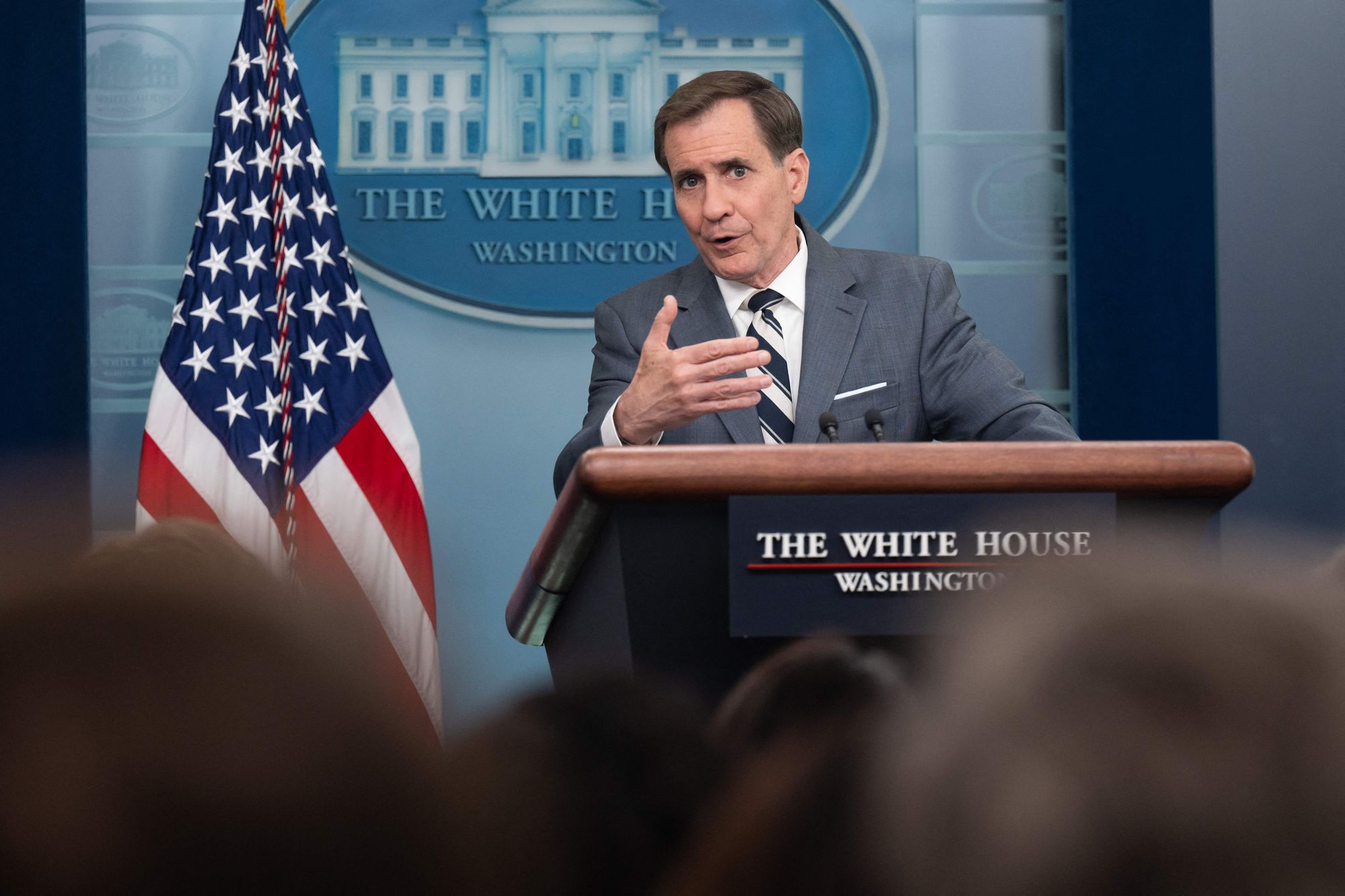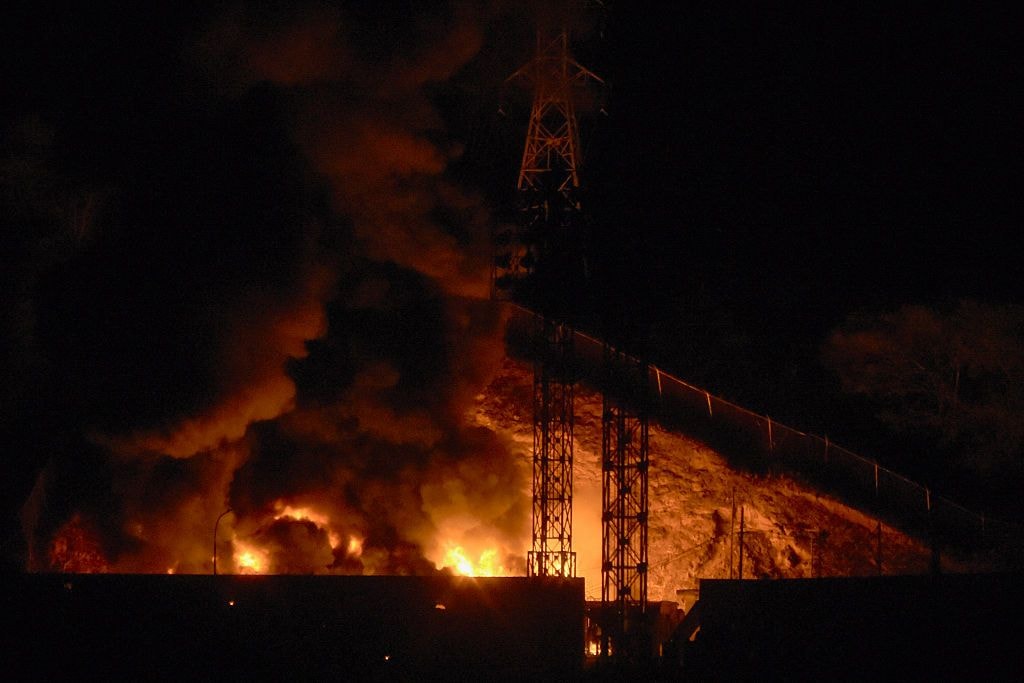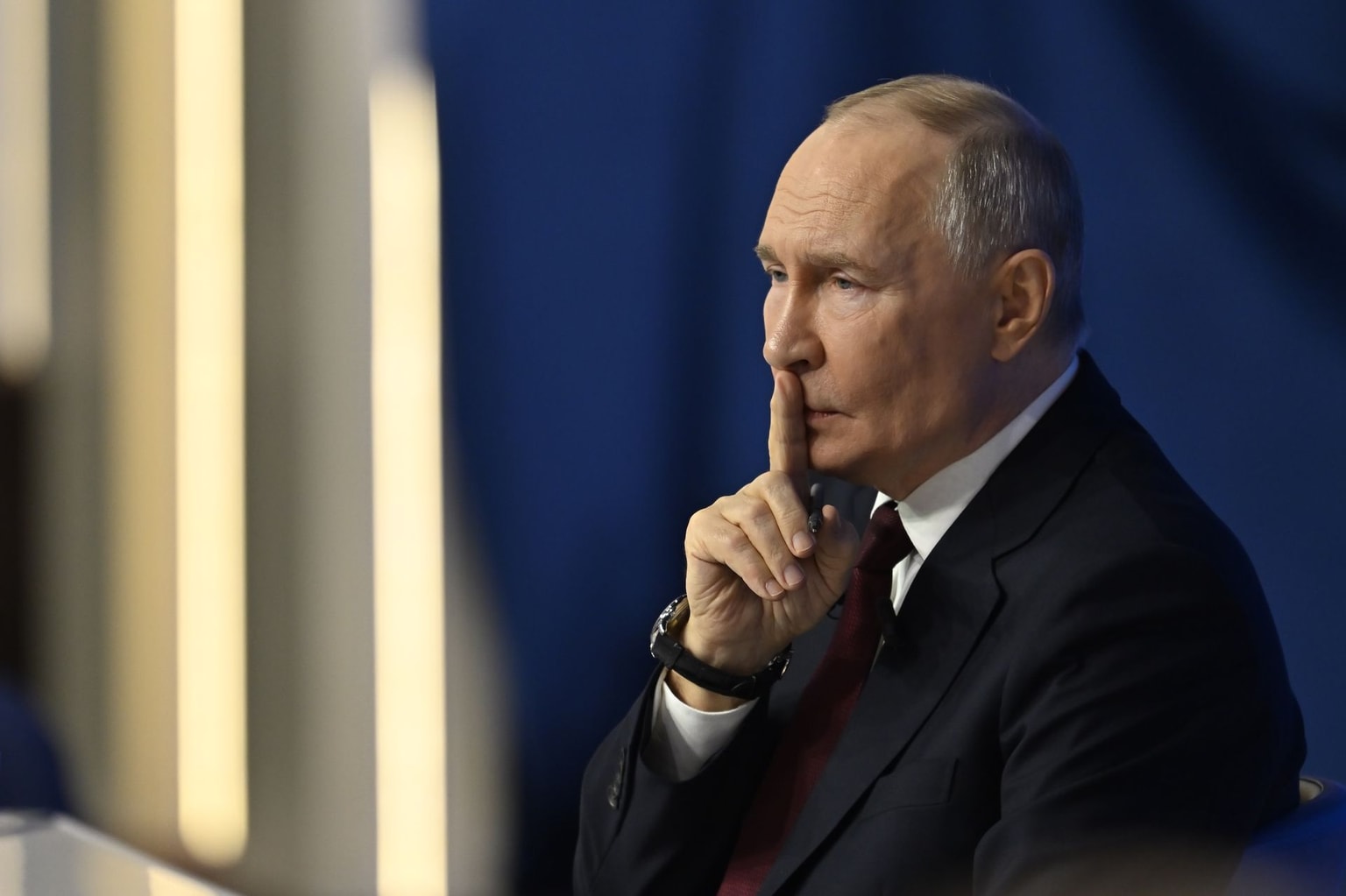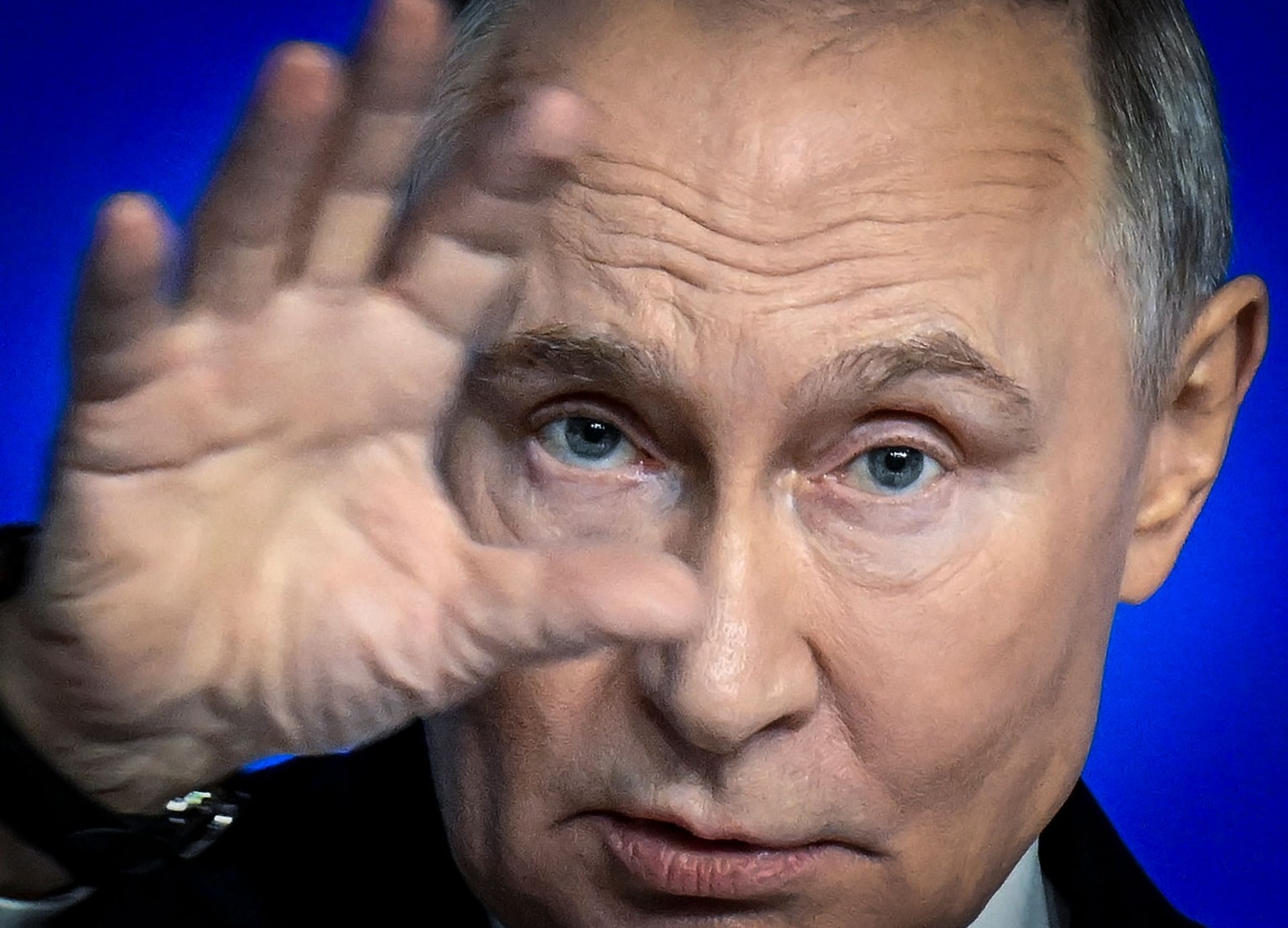Updated: Zelensky says nearly 15,000 Russians have been killed in Kursk region

Editor's note: The article was updated with figures provided by the General Staff of Ukraine's Armed Forces.
President Volodymyr Zelensky said on Jan. 6 that Russian forces had sustained significant losses over five months of fighting in Russia's Kursk region.
"During the Kursk operation, the enemy has already lost 38,000 of their soldiers in this direction alone, with nearly 15,000 of these losses being irreversible," Zelensky added in his evening address.
He did not provide evidence to support the figures he cited for Russian casualties, so the Kyiv Independent could not immediately verify the information.
Since the start of the Kursk incursion, Russia has also lost over 3,000 pieces of equipment and vehicles, the General Staff of Ukraine's Armed Forces claimed.
This reportedly included 104 tanks, 575 armored vehicles, 330 artillery systems, 12 air defense systems, 12 multiple-launch rocket systems, a plane, and three helicopters, among others.
Ukrainian forces had also taken 860 Russian soldiers as prisoners, which helped to facilitate exchanges and release of Ukrainian captives, according to the General Staff.
The Kursk region lies on the border with Ukraine's Sumy Oblast, which has been experiencing daily attacks since Russian troops were pushed out of the oblast and back across the border in April 2022.
Ukrainian forces launched a large-scale operation in the Kursk region in early August, capturing sections of the territory. However, the Russian military claims it has regained control over much of that land. On Jan. 5, Ukraine reported initiating a new offensive in the area but shared limited information about it.
Reports from Ukrainian and Western sources suggest that around 11,000 North Korean troops are aiding Russian forces in the region. Russia has not confirmed or denied their involvement.
The Russian Defense Ministry reported on Jan. 6 that Ukrainian forces were stopped, and their primary units were destroyed near Berdin, a settlement along a road leading northeast to the city of Kursk.
Zelensky highlighted the creation of a "buffer zone" in the Kursk region, where Russia had stationed substantial military reinforcements. According to him, this development has hindered Moscow’s ability to deploy those forces to critical battlefronts in eastern Ukraine.
"Importantly, the (Russian forces) cannot now direct all this strength to our other directions, particular to Donetsk, Sumy, Kharkiv, or Zaporizhzhia oblasts," he said.












